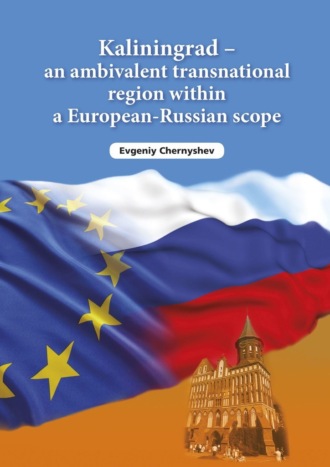Kaliningrad – an ambivalent transnational region within a European-Russian scope

Полная версия
Kaliningrad – an ambivalent transnational region within a European-Russian scope
Жанр: учебная и научная литератураполитологияисторическая научная и учебная литературапрочая образовательная литератураобщая историязнания и навыки
Язык: Английский
Год издания: 2022
Добавлена:
Настройки чтения
Размер шрифта
Высота строк
Поля
Конец ознакомительного фрагмента
Купить и скачать всю книгу
